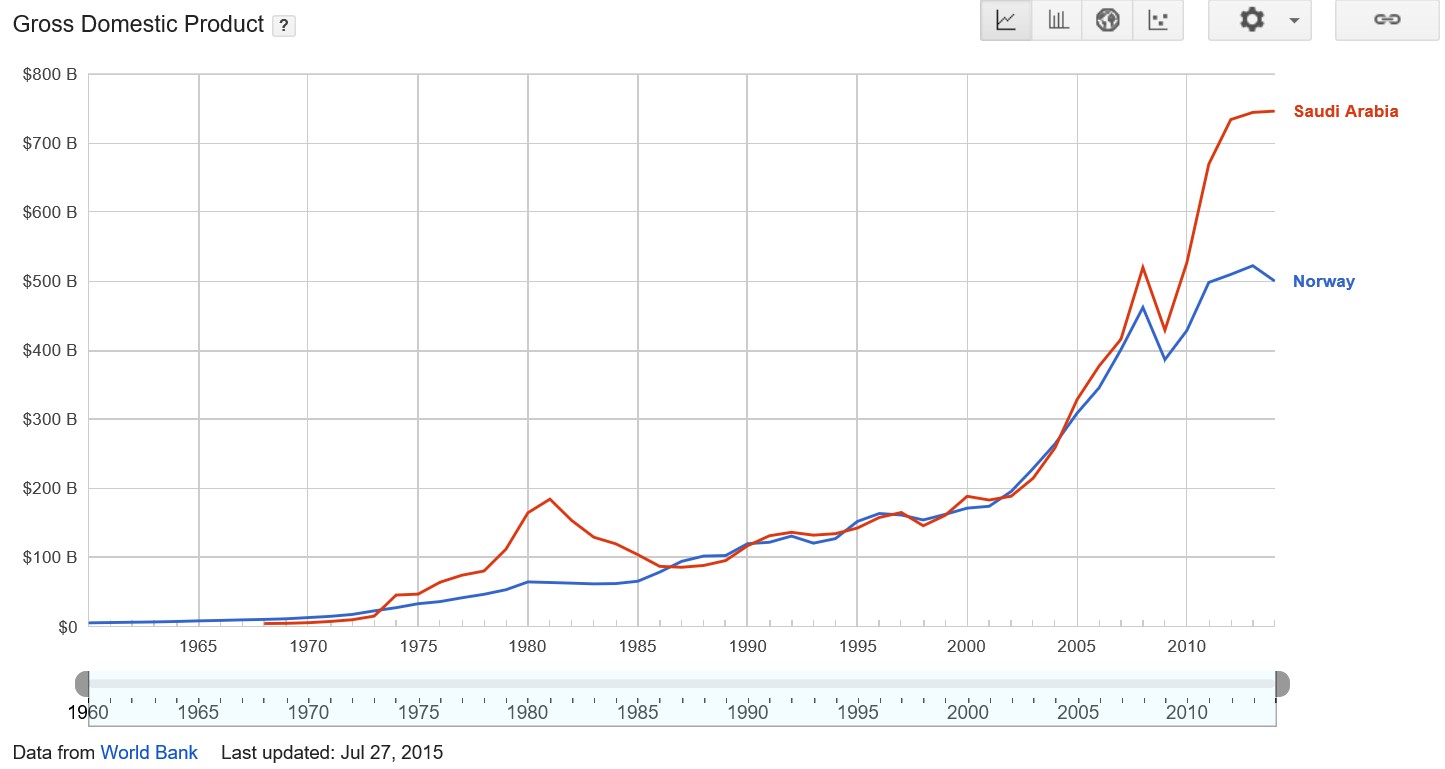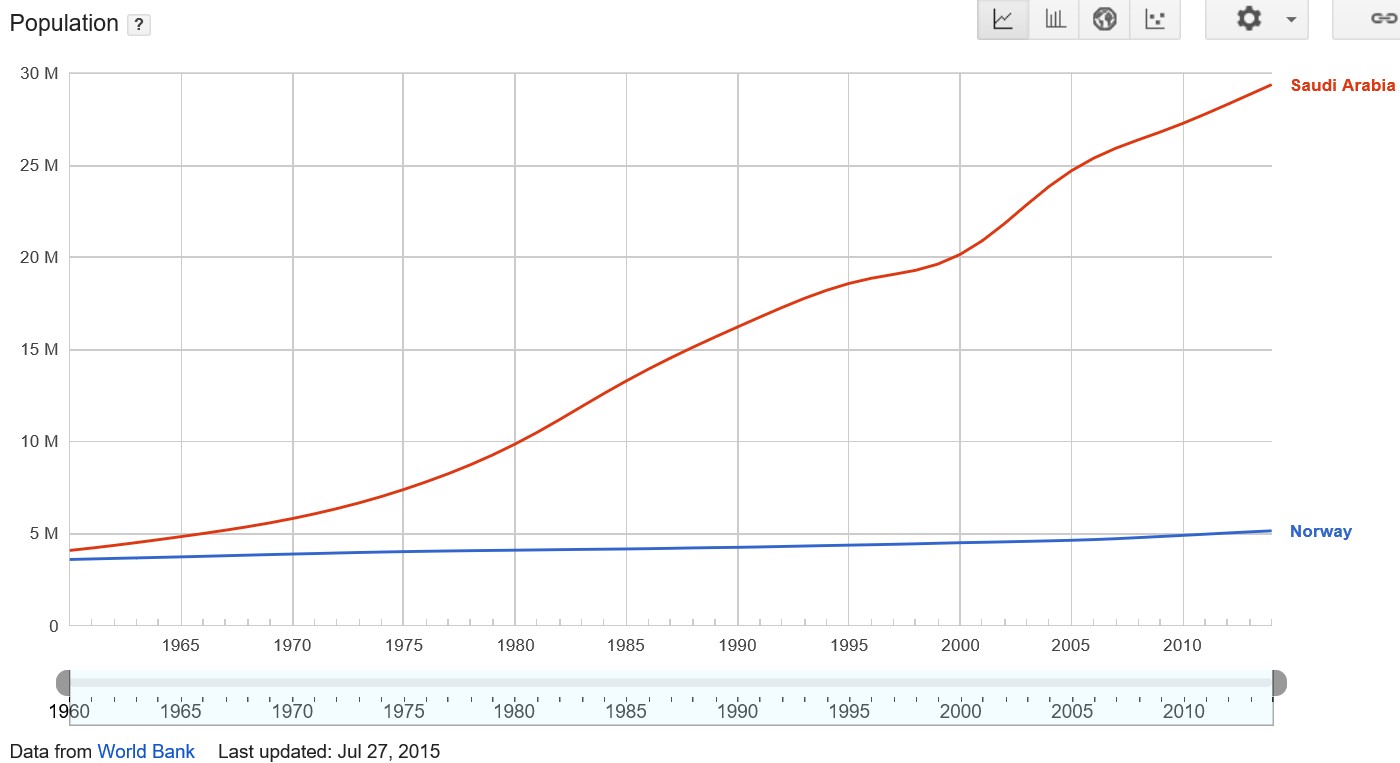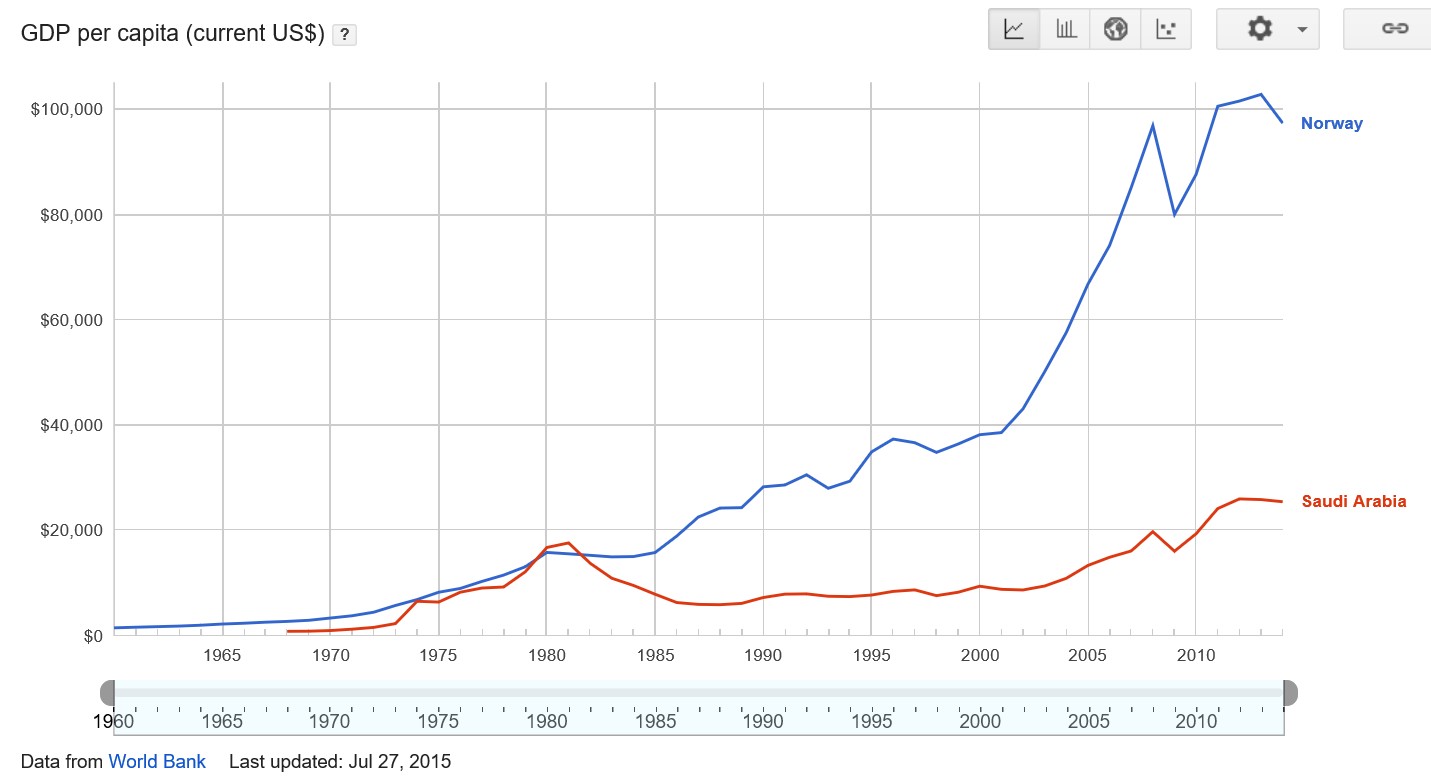Right wing think tank, the Institute of Public Affairs (IPA), has urged Australia to throw open its borders so that it can reap the so-called economic benefits of a massive population. From The Canberra Times:
The Commonwealth government enforces a mind-boggling number of visas to control who arrives in Australia, and the obligations and restrictions they are placed under when they arrive.
…these claims and others, such as migrants adding to infrastructure congestion or milking the welfare state, still hold political sway is unfortunate, because tearing down the walls that are national borders would yield immense benefits for individuals, families and for all humankind…
The benefits accruing to individuals from less restrictive immigration controls should also prove to be substantial, with migrants able to work their way out of poverty in their freely chosen destination country and send remittances to family back home…
There is also plenty of upside for existing residents in countries that would open their borders, not least because migrants contributing to production processes would increase national production, thus raising material living standards for the benefit of all.
And the lobbyists agitating for governments to grab more revenue should salivate over opening the borders, given more people means a larger taxable base for funding the likes of economic and social infrastructure projects. Incidentally, with businesses forever crying out for more labour, having more people here, courtesy of immigration, should help with the development of extra infrastructure…
Australia proudly proclaims itself to the world to be an immigration nation, with the last two centuries most assuredly grounded in the influx of people from all corners of the earth. To truly honour those sentiments, we should relax our remaining restrictions against the inbound movement of people, even if no other countries follow our lead, and reap the significant benefits from doing so.
In 2006, the Productivity Commission (PC) completed a major study on the Economic Impacts of Migration and Population Growth, which debunked the IPA’s claim that existing residents would benefit from throwing open the borders to immigration.
Specifically, the PC modeled the impact of a 50% increase in the level of skilled migration over the 20 years to 2024-25 and found that it did cause real GDP to be 4.6% higher than would otherwise have been the case in 20 years time (more labour inputs equals more outputs).
The PC also found that real income per person would increase ever so slightly. That is, 20 years later real income per head would be 0.7%, or $380 a year, higher than would otherwise be the case.
But here’s the real kicker. According to the PC, “the distribution of these benefits varies across the population, with gains mostly accrued to the skilled migrants and capital owners. The incomes of existing resident workers grow more slowly than would otherwise be the case“.
So, opening the spigots on immigration would make the existing resident population worse-off because they would earn less income than would otherwise be the case.
I’m sorry, but isn’t the whole point of public policy to make the living standards of the existing population better-off? And if so, where is the merit in opening the floodgates to immigration, given this would make existing residents worse-off?
Of course, the PC’s modelling also did not consider many of the other negative externalities from rapid immigration, such as the adverse impact on the natural environment arising from a bigger population.
I also very much doubt the PC’s modelling gave adequate consideration to the infrastructure required to meet the needs of a larger population and the greater demands on the Budget for services provided to immigrants and their families. These, of course, require higher taxation and charges paid by existing residents, not just by the immigrants. Moreover, any delay in providing the extra roads, public transport, utilities, schools, hospitals and housing will have significant negative effects on congestion, amenity and overall living standards.
As noted last month by The Australia Institute’s chief economist, Richard Denniss:
“Australia is one of the fastest growing countries in the developed world and our infrastructure isn’t keeping up. It isn’t keeping up now and hasn’t kept up for the last 10 years, and it’s not budgeted to keep up in the next 10.”
“What politicians are doing is every year they announce record spending on this and a new that, but what they don’t point out is that on a per person basis, per person we are spending less on health, per person we’ve got less access to transport, per person the reason the queues in the hospital keeps getting longer is because we are not building hospitals as fast as we are growing our population. They all know it, they just don’t say it”…
“If you want to double your population – and that’s our plan – we want to double our population – you have to at least double your infrastructure to maintain people’s standard of living… We’re talking schools, we’re talking hospitals, we’re talking trains, we’re talking roads, we’re talking police”…
“Population growth costs a lot… If you double the number of citizens then you double the number of teachers and double the number of nurses. It’s pretty simple math. But of course, you don’t have to double them if you gradually plan to lower the number of services. If you are happy for us to gradually lower the number of services in our health system, our aged system, if you are happy for congestion to gradually get worse, if you are happy for the amount of green space per person to decline, then you can do what we do. But the trick is at the moment is every budget – and all governments do this – every budget the minister says “I’m spending a record amount on health”. Well, of course you are, we’ve got a bigger population than we’ve ever had before. Every year has to be a record. But, their own data shows that on a per person basis, it’s just not keeping up”.
The final word on why a massive expansion of Australia’s population is very likely to lower living standards can be illustrated with a case study (h/t Mediocritas).
Consider Norway versus Saudi Arabia:
- Both had a huge boom from oil exports.
- Both nationalised and built sovereign wealth funds.
- The GDP of both nations has generally tracked closely for decades with a couple of oil-induced divergences including now (N $500 billion ; SA $746 billion):

- In 1960, the populations of the two nations were about the same (N 3.6 million : SA 4.1 million).
- However, Norway kept its population growth low, whereas Saudi Arabia expanded its population massively:

- Today, Norway consistently ranks near the top in surveys of happiness and desirability to live, unlike Saudi Arabia. Norway has arguably the highest living standards of any nation on the planet. This shows up in GDP per capita: (N $97,000 ; SA $25,000):

Does anyone honestly believe that Norwegians would be better-off had they adopted the IPA’s recommendations and opened the immigration floodgates?

